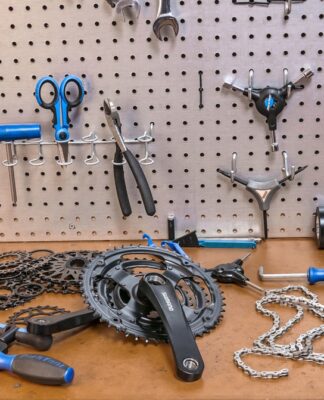Usually when we get receipts for our purchase we refuse to take them. But, as a business owner you must take care of your receipts for even small amounts of transactions. As you don’t want to spend hours organizing the receipts and find out you’re missing some.
Preparing receipts and organizing them for the audit season is a difficult task. Businesses which collect physical receipts and record those in their files, face a lot of trouble in sorting and arranging those receipts. Well not just the labor, the practice of keeping physical receipts as a proof of expense is detrimental due to accidental damage, getting wet or lost, etc.
But, with the receipt scanner you can easily record and convert the physical receipts into digital records. You must not forget that the simpler and sorted your expense receipts are, the smoother will be the auditing process. So, to be in the good books of your auditing authorities, you must have a system which helps you in easy recording and management of expense receipts.
Let’s understand important tips and techniques for preparing receipts before scanning.
1. Keep All Physical Receipts
You cannot underestimate the most disciplined way of recording receipts. If you have developed a systematic filing system of expense receipts, it saves a lot of time of yours during the audit process.
Even if you have scanned and recorded your expense receipts in a digital format, keeping a physical original receipt of the same would provide double-security of receipts organization. With the receipt scanning app, you save a lot of storage space required to keep physical records.
Moreover, various receipt scanning platforms also provide keeping a backup option of your receipts which saves your physical receipts keeping process.
2. Sort Receipts On Basis of Their Purpose
This practice is very beneficial for travel and entertainment expenses. You may forget why you made the dinner or travel expense, and with whom the business meeting was organized. So, to tackle these confusions, you must keep a tag of the purpose of expense receipts.
The digital receipt scanning process allows for easy sorting of receipts on the basis of their purpose. It also offers you the flexibility to organize the receipts on the basis of time, amount, client profile, etc., which gives the multi-purpose visual landscape of the expense reports.
3. Keep The Scanned Receipts of At Least Six Years
Keeping a record of expense receipts from past six years can be detrimental. As the revenue authorities won’t care if the ink on your receipts has faded or vanished, it is solely your responsibility to create a backup of electronic receipts.
You can either use external hard drives for storage of backup, or you can create physical copies of the same. Though receipt scanning systems allow for easy storage of digital receipts for any number of years. This way your auditing process becomes smooth, and you don’t face the wrath of the tax authorities.
4. Connect Your Scanning System With Accounting Software
Having digital records of your expense receipts is beneficial only if you’re able to utilize those for your calculations. With the accounting software at place, you don’t want to make entries of your expenses regularly.
The receipt scanning software provides you the compatibility of transferring important expense reports to the accounting software, with the easy integration feature. You can easily export and share files in PDF format which restricts editing of the data, and the accounting software can access that information without any human intervention required.
5. Ensure Backup of Receipts
Mere recording and storing of digital receipts won’t keep you away from tax troubles. You must ensure that the expense reports and receipts have an encrypted backup in the system.
This is possible through various ways, depending on your budget and ease, like external hard drive, cloud space, pen drive, etc., for easy backup of expense receipts data. Also, you need to keep a track of your backup of receipts, as every correction in the original data needs to be implemented in the backup too. For this purpose, it is easy to resort to cloud storage space, which automatically updates the data without human effort.
6. Avoid Cash Invoices
This tip is really important and unavoidable. With the cash system of transactions, it gets hard to track, easy to spend, and almost difficult to reconcile with the receipts.
But, if you resort to credit and debit card transactions, or online payment methods, you can easily track and monitor your receipts through bank transaction statements. The integration with the bank accounts helps in easy updating of the data, as it provides real-time insights to your expense reports.
Final Thoughts
Finally, the expense reporting process needs to be strategically prepared before receipt scanning. For this, you must ensure physical receipts are backed up and recorded, allow for multi-platform integration of receipts data, keep the data sorted on the basis of purpose, and avoid cash invoices for the transactions. This way your receipts scanning becomes easy and sustainable.















